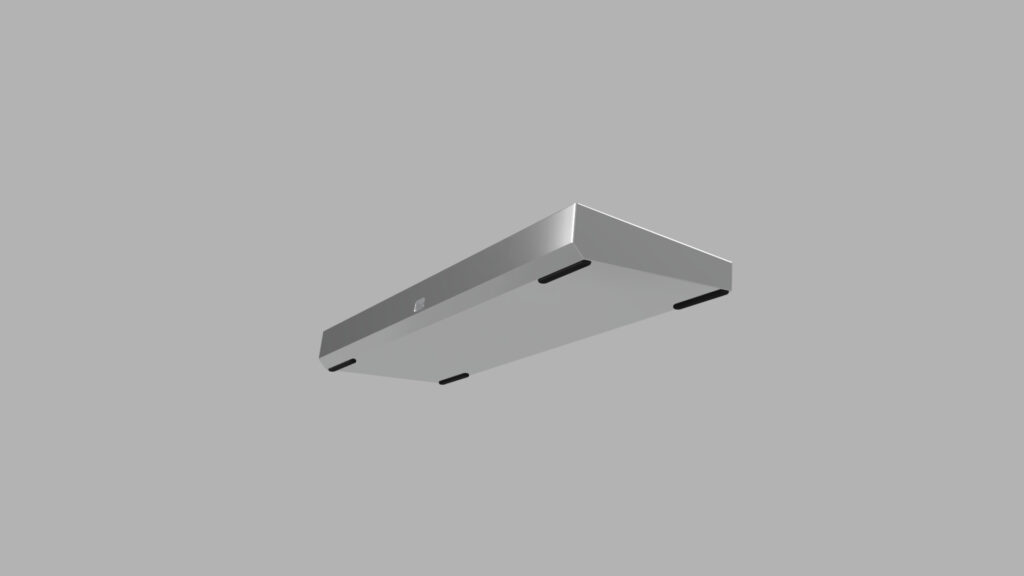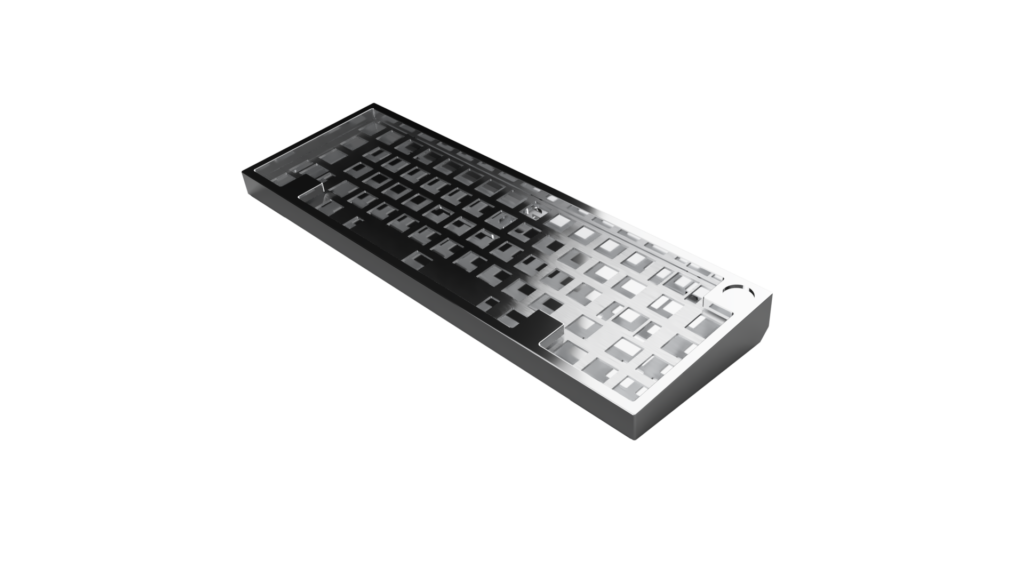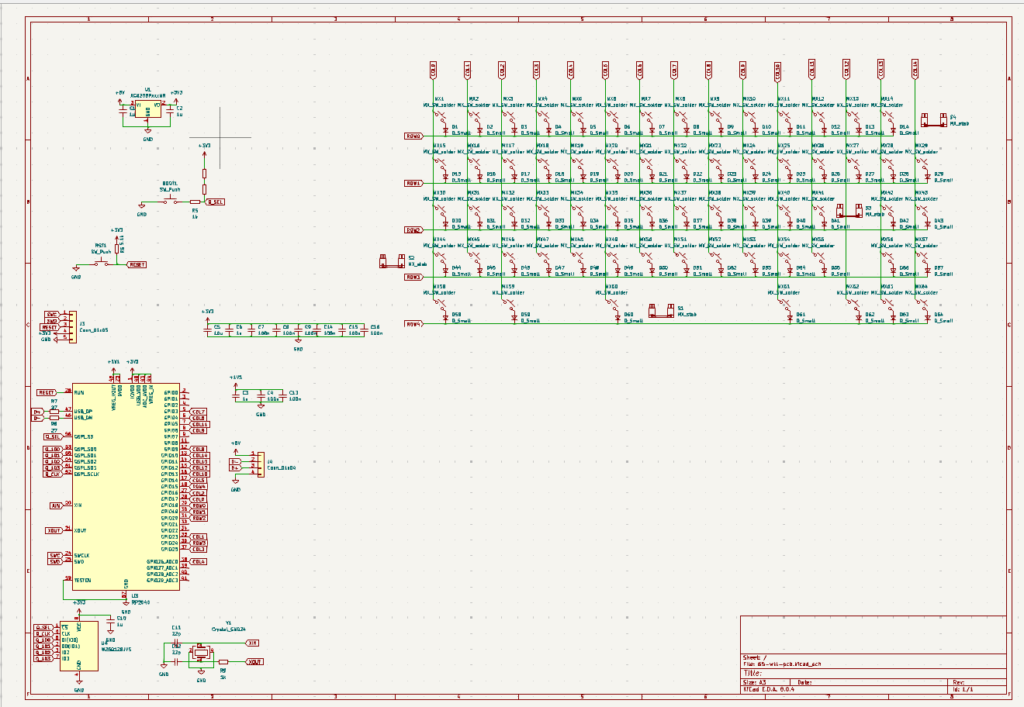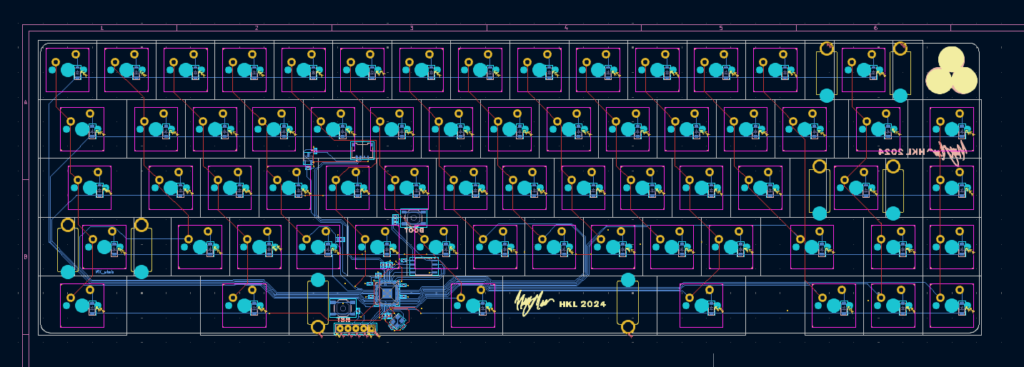


spiral65: a simple WKL keyboard
My goal with this project was to create a simple window-keyless keyboard (WKL) that was both functional and beautifully minimal.
A completely custom PCB was designed in KiCAD to accommodate for the unusual WKL 65 percent keyboard layout that I choose. Although it was my first time using KiCAD, I used tutorials and self taught myself how to design PCBs. I used a rp2040 mircocontroller to power the logic, QMK Firmware as an open source solution to easily program the board, VIA to give the board a GUI to change keymappings/function and JLC PCB to manufacture and assemble the PCBs.




The Unified Daughterboard Project’s C5 daughterboard was used to manage surge and ESD protection to the PCB as their board handled all the ESD protection, overcurrent protection, overvoltage protection, shielding noise decoupling, and single-path grounding to chassis functionality while being open source and easy to implement.
The case was machined from two solid halves of 6061 Aluminum and Brass. The contrast between the Aluminum and Brass was soft enough to blend well together while also creating the much needed contrast between hues on the base of the keyboard.
A blocker was added to the top right of the keyboard to highlight the unique finishing pass that a 3D spiral gives materials. A custom FR4 and 6061 Aluminum plate where also water-jetted out as the plate holding in the keyboard switches.
The spiral machining passes done the backside of the keyboard give it’s namesake: spirals that because of the raw unfinished nature of the metals will eventually turn patinaed and dull. The symbol I choose to represent the spiral was a triskelion: an ancient motif consisting either of a triple spiral exhibiting rotational symmetry or of other patterns in triplicate that emanate from a common center.